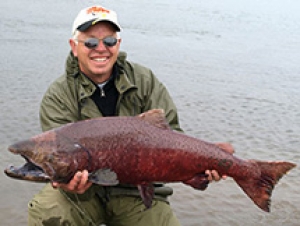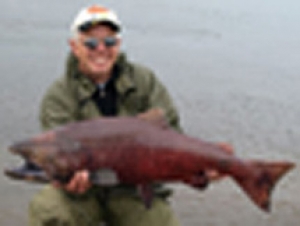by Jim Martinsen
Not that long ago a leading digital photography magazine conducted a survey and discovered while Americans were buying digital cameras with more megapixels, most of the people surveyed did not know how to get the pictures from the camera to their computer. When the camera's memory card was full, they simply bought another memory card.
Let's assume you have read the manual that came with your camera. You don't need to wade through every page and grasp every detail, but you MUST know how to set your camera's resolution. If you can't understand what the manual is telling you, try an Internet search for "camera resolution."
 |
 |
| Picture taken with the camera set at the highest jpeg resolution then reduced for the web. |
Same picture taken with the camera set at the lowest jpeg resolution then enlarged for print. |
Digital camera images are made-up of tiny colorful squares known as pixels. Every picture you take has millions of pixels. One megapixel is one-million pixels. The more pixels an image has, the higher the resolution. Large prints can be made from high resolution images. Keep this in mind as you set the resolution of your camera. Use the highest resolution JPEG option your camera offers and you should still be able to get a lot of images on your card. Simply put, a JPEG image is a compressed image. The picture information is squeezed to a smaller size before it's stored on your memory card. Typically, a camera will offer several JPEG settings. Again, use the highest JPEG setting your camera offers. Why?
Also, keep in mind your computer monitor cannot use picture resolution higher than 96 ppi (pixels per inch). A photo suitable for magazine reproduction must be a minimum of 300 dpi (dots per inch). Just because it looks good on your computer screen does not mean it is going to print well. Computer monitors and print-on-paper are two entirely different technologies. It's apples and oranges - OK!
So. . .
High resolution image = GOOD
Low resolution image = BAD
Taking the Picture...
Oh yes, you do know how to get your pictures from your camera to your computer, right?!